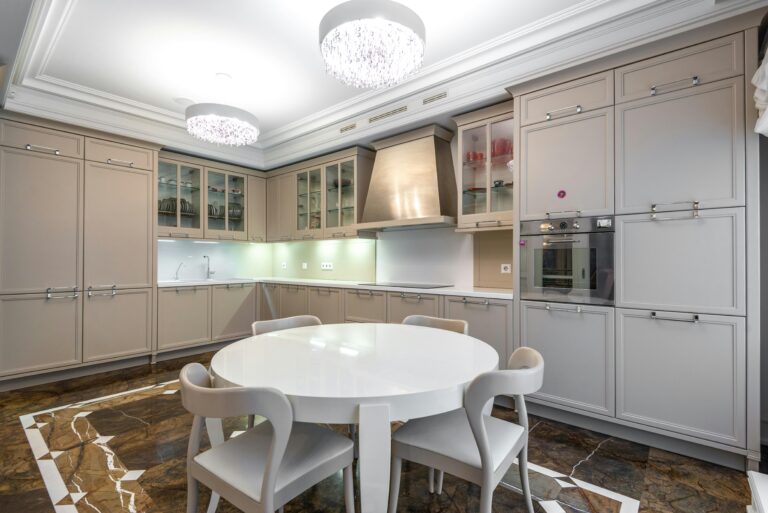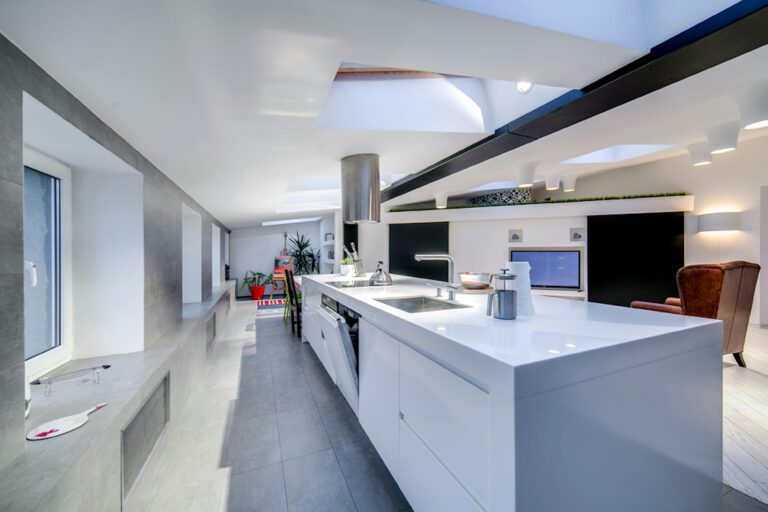Walk into any upscale hotel spa, and you immediately feel it—that profound sense of tranquility that seems to emanate from every surface, every carefully curated detail. Now imagine capturing that same transformative power within your own home. In 2025, luxury master bathroom design has evolved far beyond mere functionality, becoming the canvas for creating deeply personal wellness sanctuaries that rival the world’s most exclusive resort destinations. Yet here’s what most homeowners don’t realize: the secret to achieving this level of sophisticated serenity isn’t found in expensive fixtures alone, but in understanding how visionary designers orchestrate the interplay between therapeutic water features, natural stone architecture, and biophilic design principles to create spaces that actively restore both body and spirit.
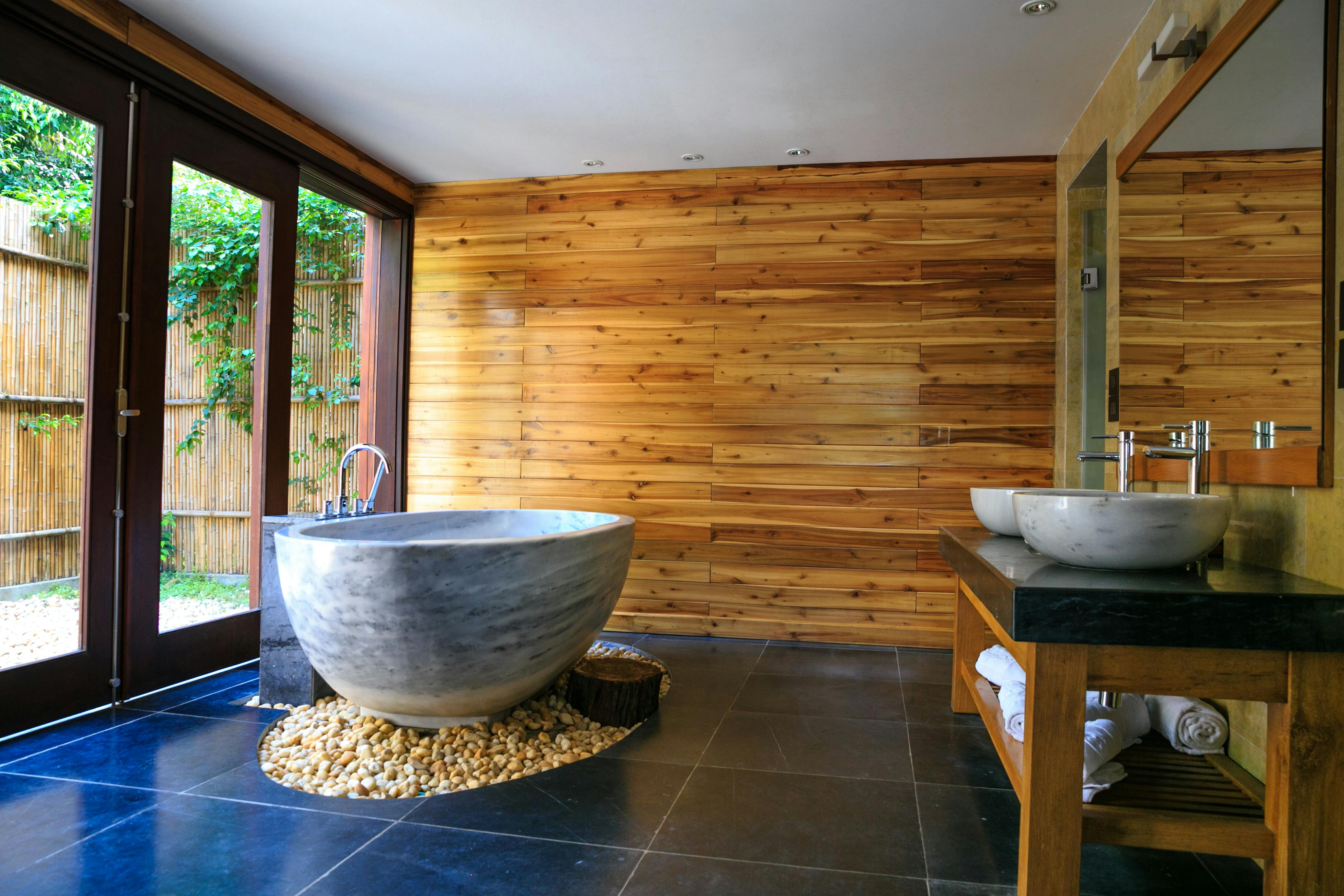
This Photo was taken by Quang Nguyen Vinh.
The wellness revolution transforming luxury bathroom design
The pandemic fundamentally shifted how affluent homeowners perceive their living spaces, particularly their bathrooms. What was once considered a utilitarian necessity has become the epicenter of daily wellness rituals. According to the 2025 Luxury Home Design Report, 84% of high-net-worth individuals now prioritize wellness features above traditional luxury amenities when planning bathroom renovations.
This transformation represents more than a design trend—it’s a philosophical shift toward creating spaces that support holistic well-being. Leading designers report that their most discerning clients are moving away from ostentious displays of wealth toward sophisticated sanctuaries that offer genuine therapeutic benefits. The result is a new category of luxury bathroom that functions as a private spa, complete with mineral-infused soaking systems, chromotherapy lighting, and aromatherapy integration.
The financial investment reflects this priority shift. Recent market analysis indicates that luxury spa bathroom renovations average $125,000 to $300,000, with ultra-high-end projects reaching $500,000 or more. However, these investments yield impressive returns, with luxury wellness bathrooms increasing property values by 15-25% in premium markets.
Understanding the psychology of spa environments
Successful spa bathroom design begins with understanding the neurological responses to environmental stimuli. Research published in the Journal of Environmental Psychology demonstrates that specific combinations of natural materials, water sounds, and lighting wavelengths trigger measurable reductions in cortisol levels and increases in serotonin production.
Visionary designers leverage this science by creating what they call “sensory sequences”—carefully choreographed journeys through the space that progressively calm the nervous system. The most successful luxury bathroom transformations incorporate multiple sensory touchpoints, from the tactile experience of walking barefoot on warm natural stone to the therapeutic benefits of negative ions generated by moving water features.
| Design Element | Psychological Impact | Implementation Method |
|---|---|---|
| Natural Stone Surfaces | Grounding, stability | Heated travertine floors, marble accent walls |
| Water Features | Stress reduction, focus | Rainfall showers, infinity edge tubs |
| Natural Light | Circadian rhythm regulation | Skylights, clerestory windows |
| Biophilic Elements | Connection to nature | Living walls, natural ventilation |
Therapeutic water features that define luxury wellness spaces
Water serves as the cornerstone of any exceptional spa bathroom transformation, but not all water features deliver the same therapeutic benefits. The most successful luxury installations incorporate multiple water experiences, each designed to address different aspects of physical and mental wellness.
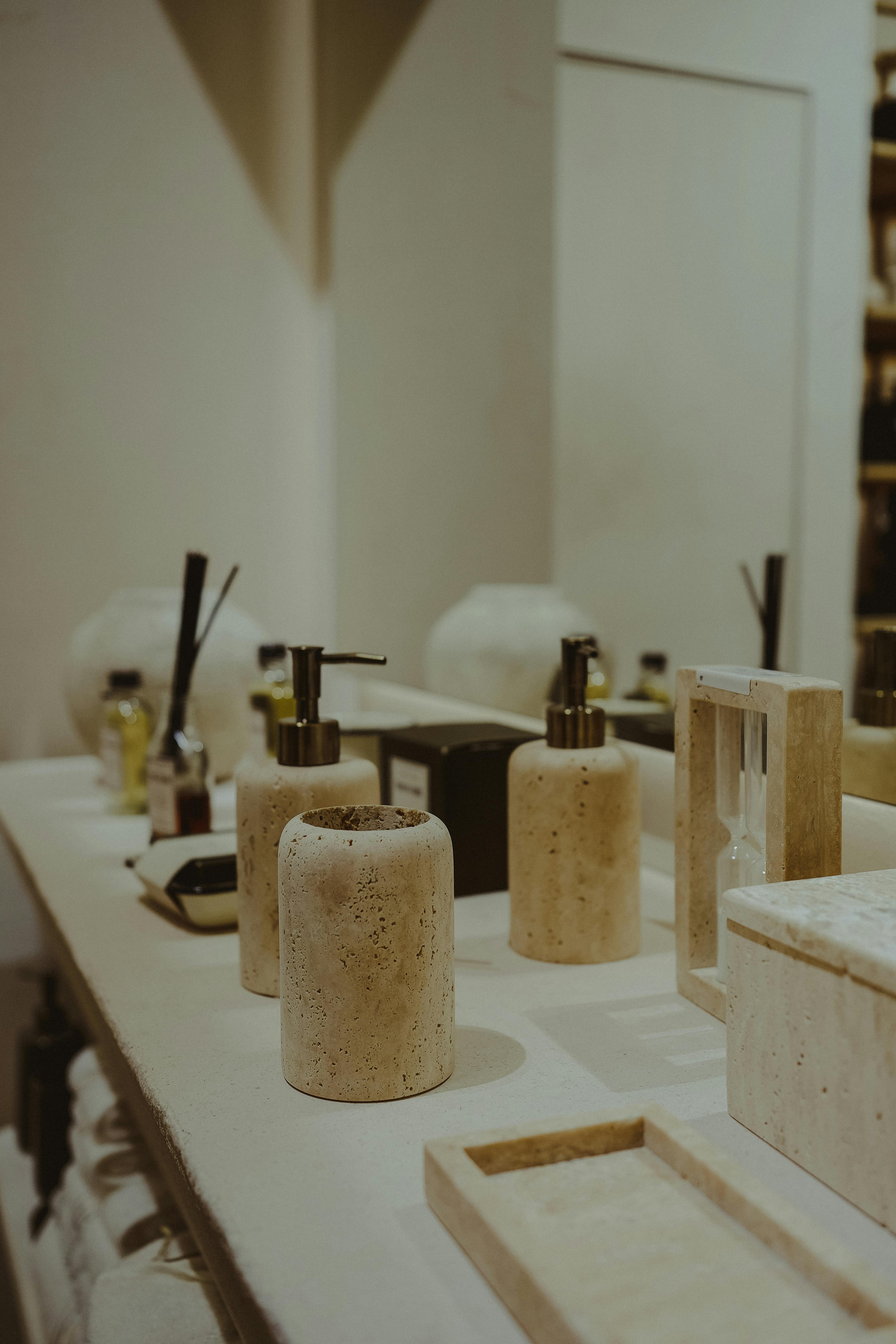
This Photo was taken by Tuğçe Açıkyürek.
Advanced hydrotherapy systems
Contemporary luxury bathrooms feature sophisticated hydrotherapy installations that rival those found in world-class medical spas. Leading manufacturers like Kohler’s VibrAcoustic technology integrate sound therapy with traditional water jets, creating immersive experiences that promote deep muscle relaxation and stress relief.
The most innovative installations incorporate mineral infusion systems that automatically dispense therapeutic salts, essential oils, or even medical-grade oxygen into the water. These systems, integrated with smart home technology, can be programmed to deliver specific therapeutic protocols based on the time of day or user preferences.
Rainfall and cascade shower experiences
Modern spa showers transcend simple water delivery to become immersive wellness experiences. The current gold standard involves multi-zone shower systems that combine overhead rainfall, vertical body sprays, and handheld components, all controlled through intuitive digital interfaces.
Temperature therapy features prominently in these installations. Advanced systems can rapidly alternate between hot and cold water streams, delivering the cardiovascular benefits of traditional Nordic spa treatments. Some ultra-luxury installations even incorporate steam generation directly within the shower enclosure, eliminating the need for separate steam rooms while providing the same therapeutic benefits.
Much like the sophisticated equipment integration found in luxury wellness studios, these bathroom systems require careful coordination between multiple trades to achieve seamless operation.
Infinity-edge soaking features
The infinity-edge concept, borrowed from high-end pool design, creates visual drama while delivering specific therapeutic benefits in bathroom settings. These installations typically feature tubs that appear to seamlessly merge with surrounding surfaces or even outdoor views, creating a meditative focal point that encourages longer, more restorative soaking sessions.
The engineering behind these features requires precise water management systems and often incorporates heated overflow areas to maintain comfortable ambient conditions. The most sophisticated installations include underwater lighting systems and built-in aromatherapy diffusers that activate automatically when the tub is filled.
Natural stone architecture as the foundation of luxury
Natural stone provides more than aesthetic appeal in luxury spa bathrooms—it serves as the fundamental building block for creating spaces that feel both timeless and deeply connected to the natural world. The selection and application of stone materials requires understanding both their physical properties and their psychological impact on space users.
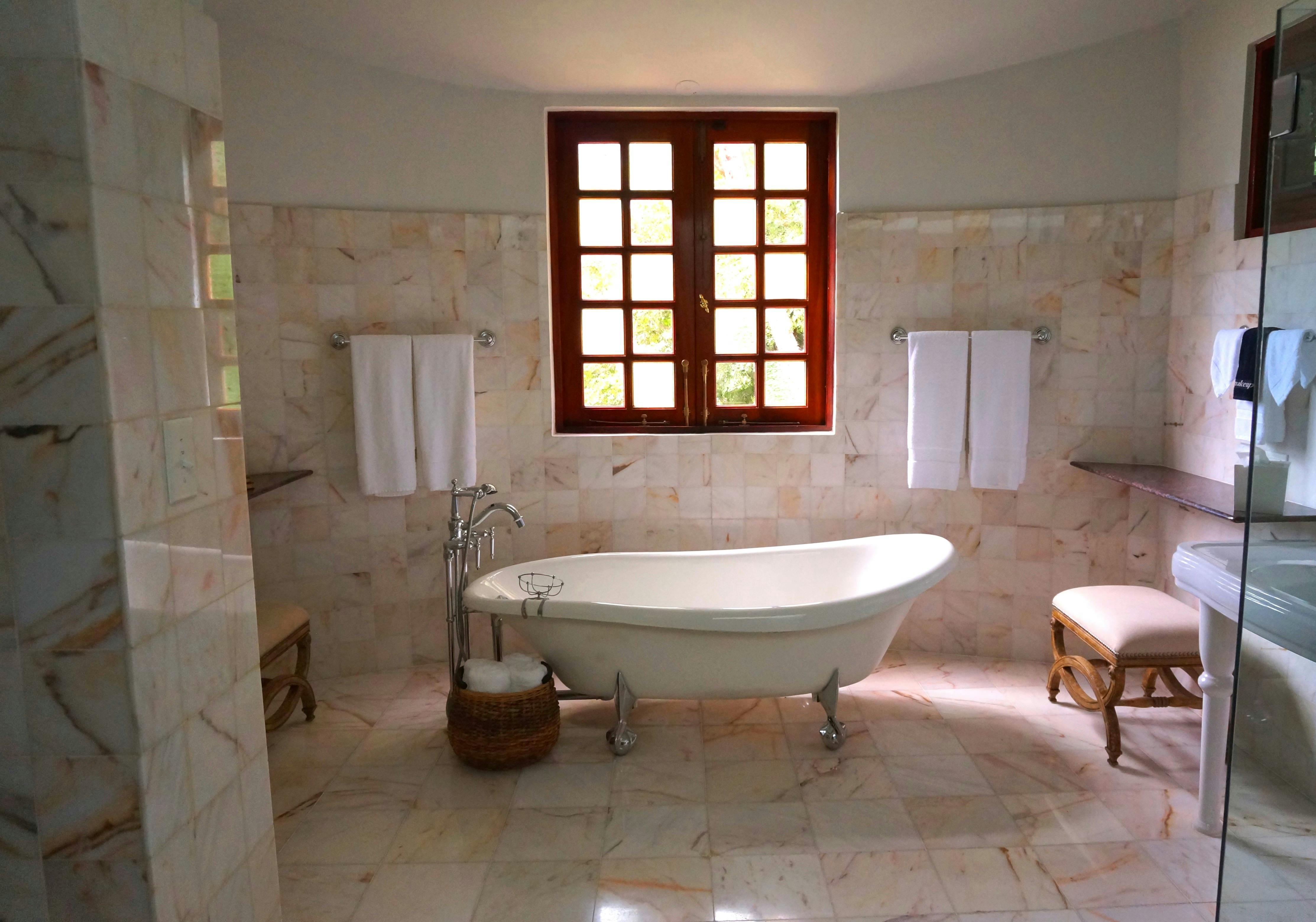
This Photo was taken by William LeMond.
Strategic material selection for wellness benefits
Leading designers approach stone selection with the same rigor that architects apply to structural materials. Each stone type offers distinct advantages for spa bathroom applications. Travertine, with its natural thermal mass properties, provides excellent radiant heating performance while its subtle texture offers gentle tactile stimulation underfoot.
Marble remains the premium choice for luxury installations, but contemporary applications favor book-matched slabs that create dramatic, gallery-worthy focal walls. Recent studies on natural stone environments indicate that these large-format installations contribute to improved air quality through natural mineral emissions an
